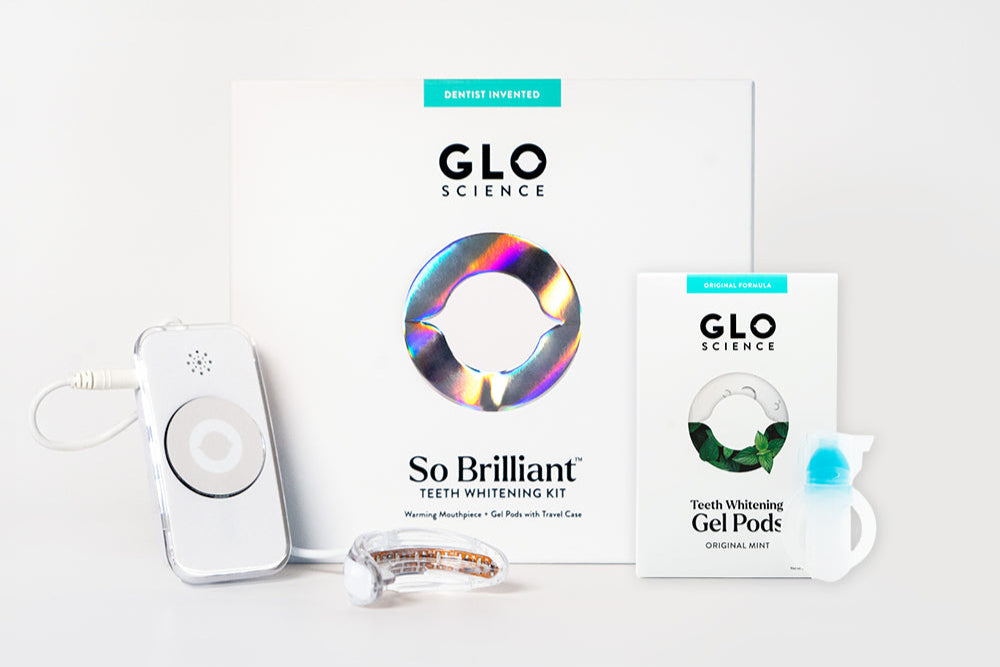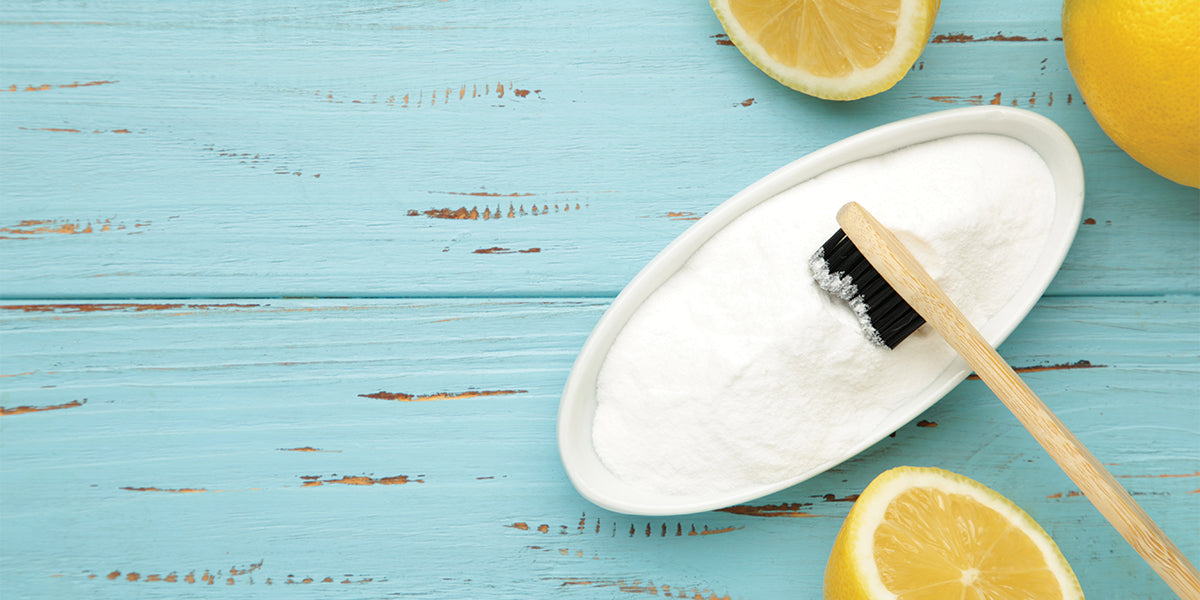Before undergoing whitening treatments, it’s helpful to learn what causes yellow, discolored, or stained teeth and avoid risk factors damaging and staining your enamel. Genetics, diet, and daily habits are all causes of tooth discoloration.
Surprisingly, genetics play a role in overall enamel shade. Be mindful of your starting shade when whitening, as everyone has a different genetic starting point in tooth enamel shade. Genetics may also cause your teeth to become stained or discolored more quickly, or turn more yellow or gray. Porous tooth enamel, which is genetic, allows acidic and stain-inducing substances to seep into the enamel and discolor teeth. While you can’t manipulate these traits, you can be mindful of them to refrain from over-bleaching your teeth and give you more motivation to change factors in your control, like diet and daily habits.
Your diet doesn’t just impact your overall health: it has a large influence on your enamel shade. Foods that are sticky, cling to teeth, causing plaque build-up and discoloration teeth. In addition, acidic or dark-colored beverages like wine, juices, soda, coffee, and tea are highly staining. To reduce the potential for teeth staining, you may want to reduce your intake of these beverages or follow up with lots of water to rinse away some of the acidic, discoloring residues from teeth.
Along with genetics and diet, your daily habits influence your pearly (or not-so-pearly) whites. For example, smoking and tobacco use are highly staining, as well as not drinking enough whiter and not following a proper oral hygiene routine can cause staining. To buff away stains and reduce discoloration, consider quitting smoking and reducing consumption of stain-causing foods. You may also want to up your water intake and chew gum after meals.








